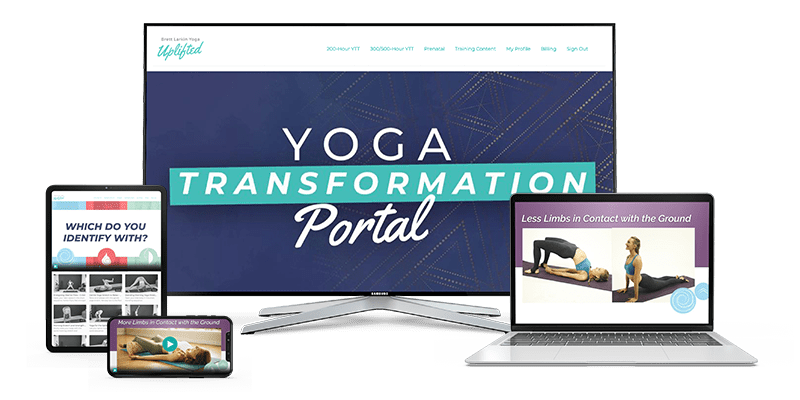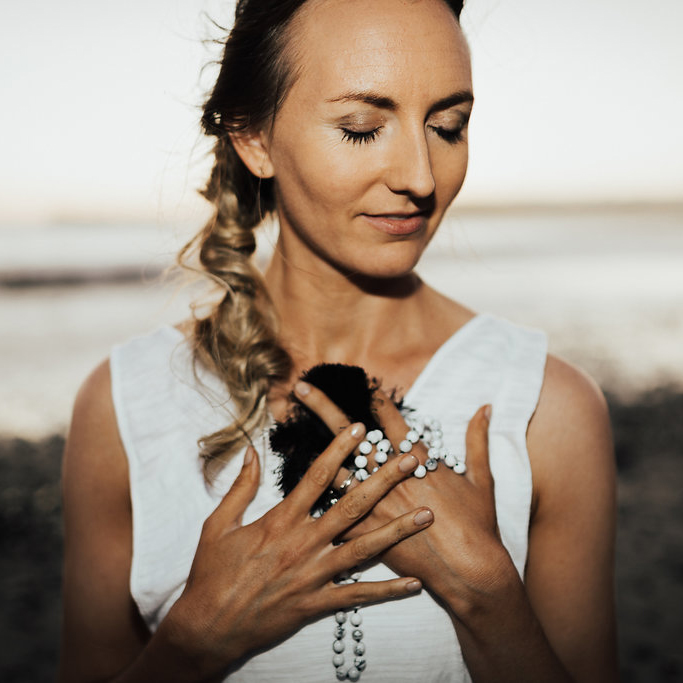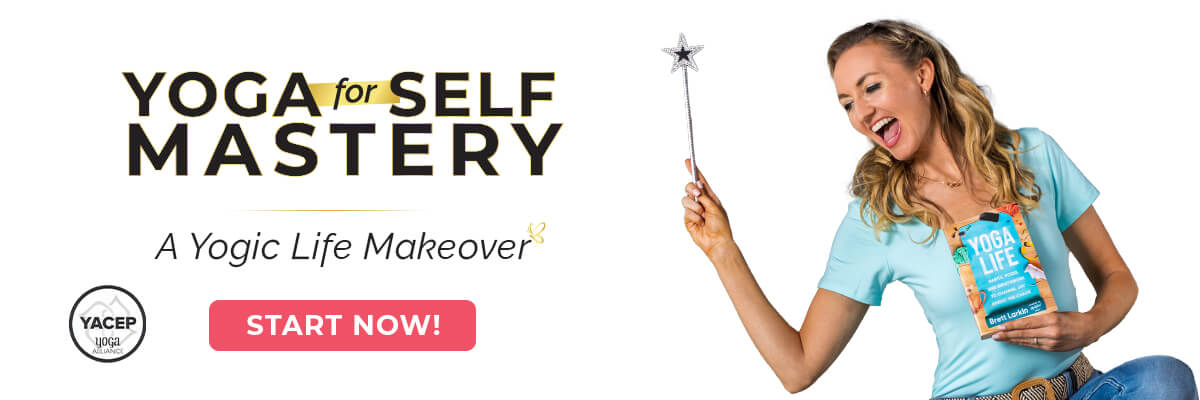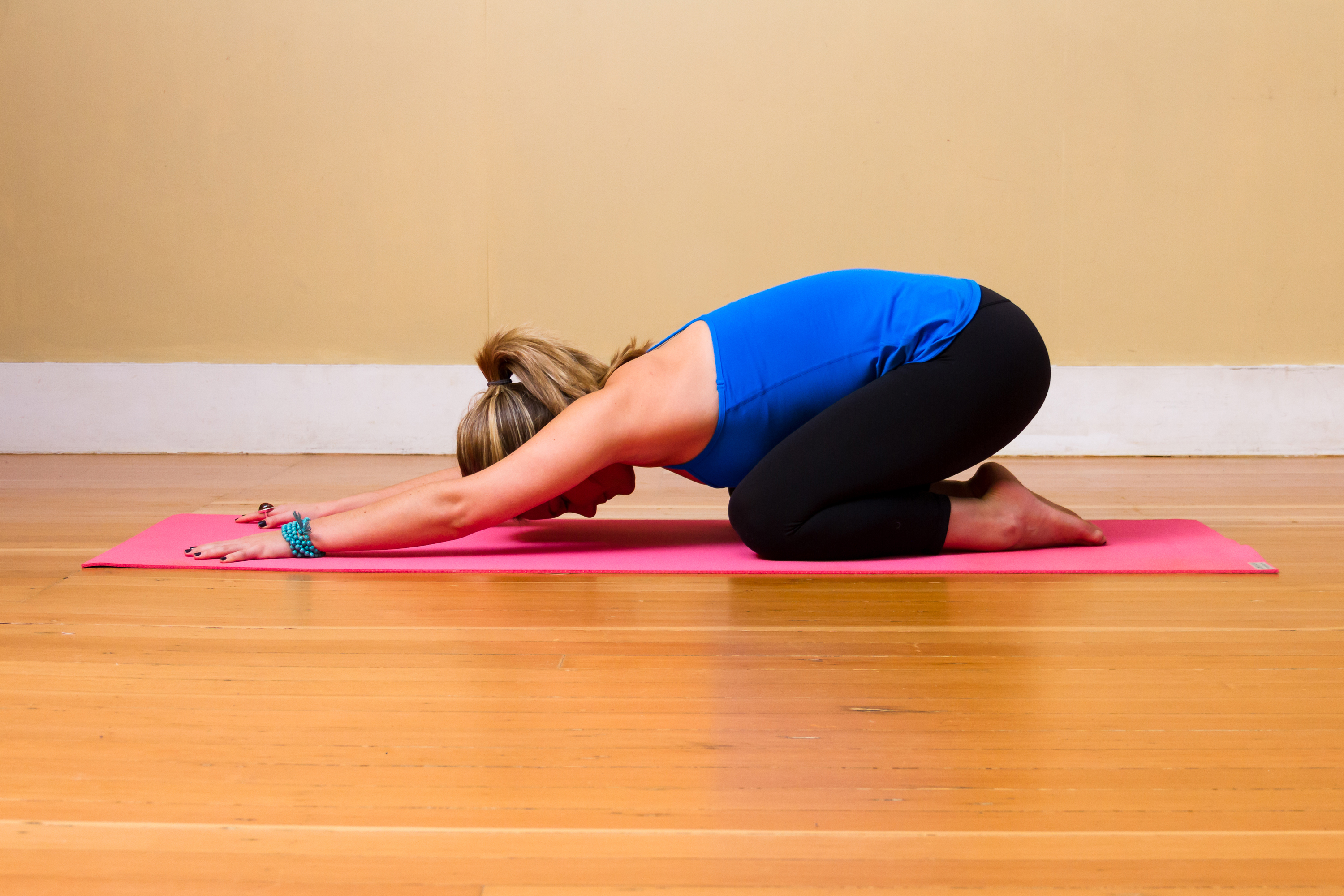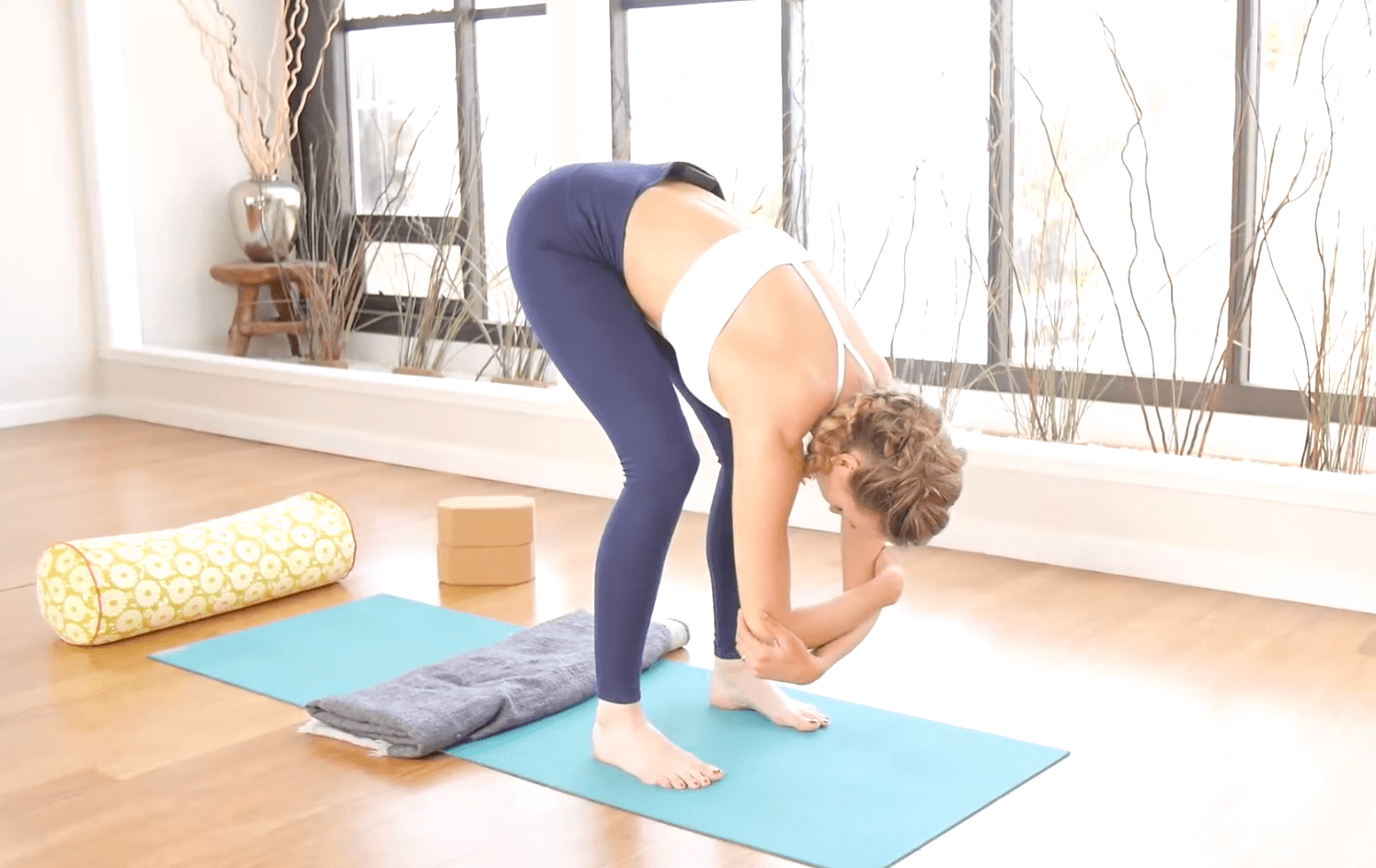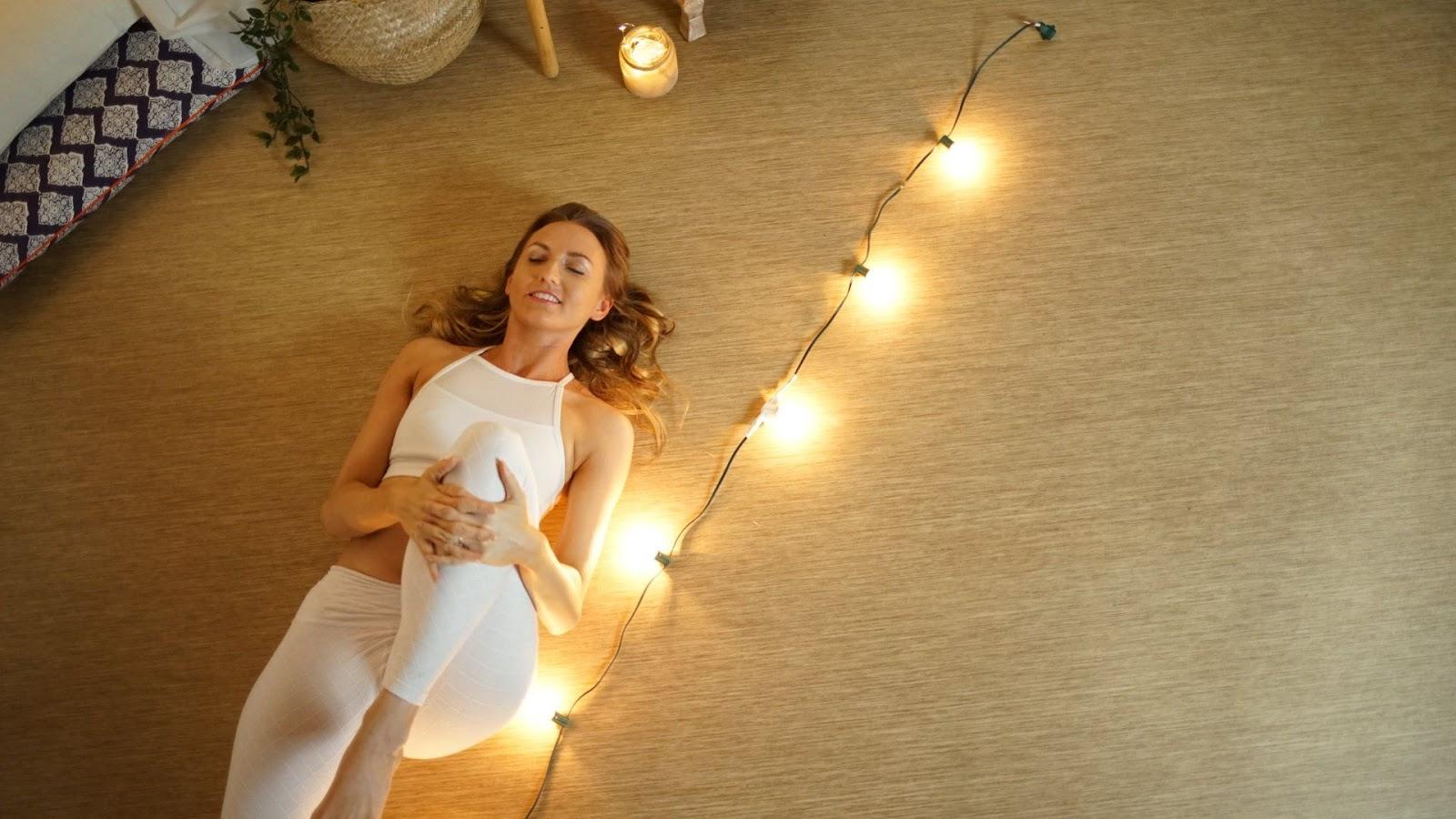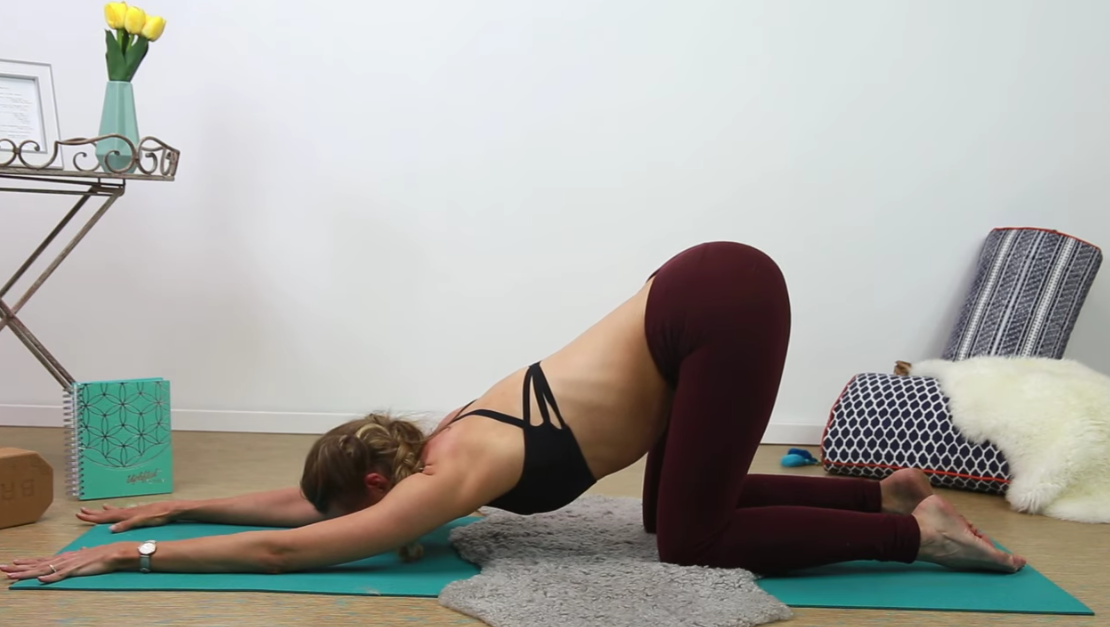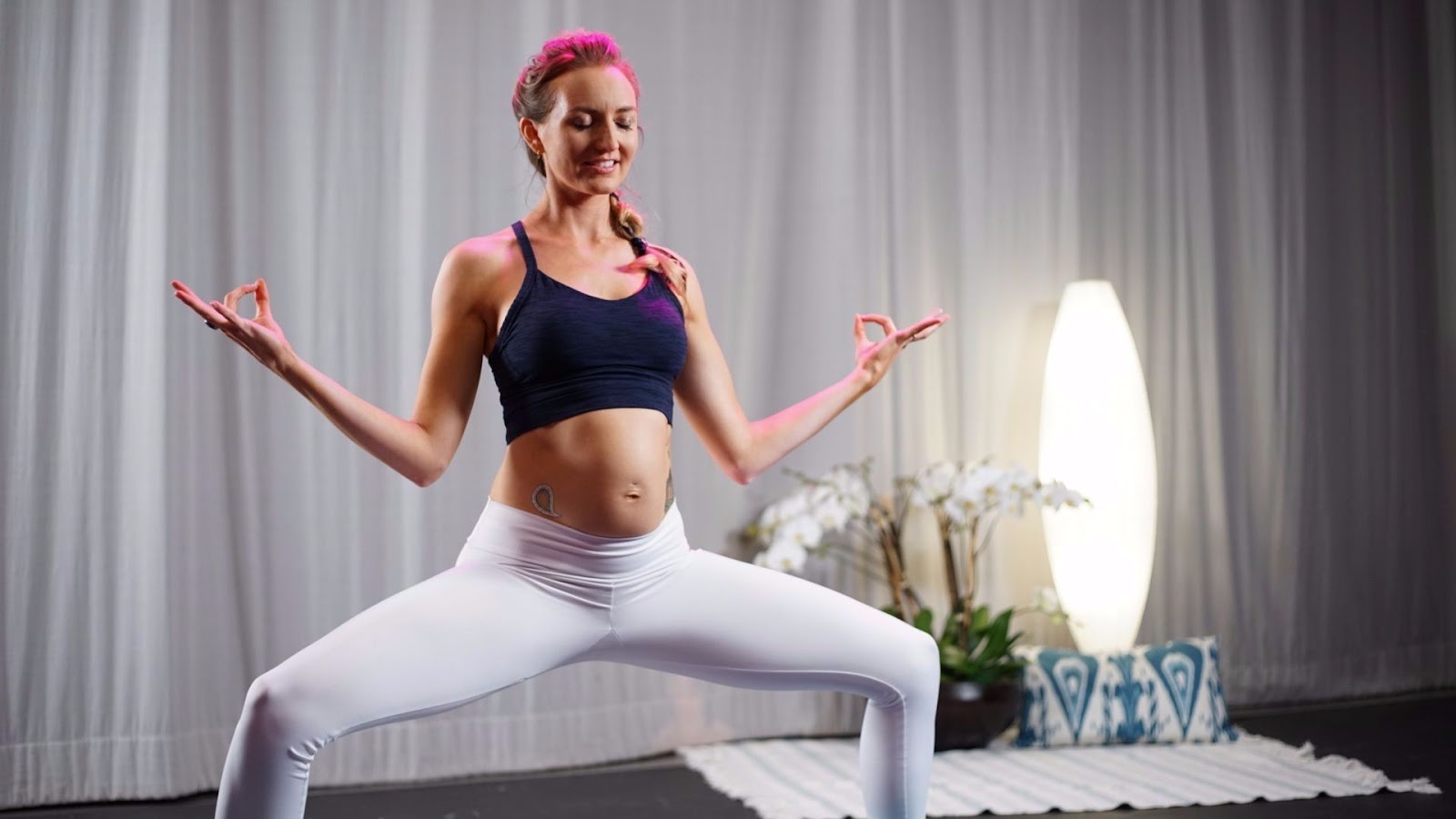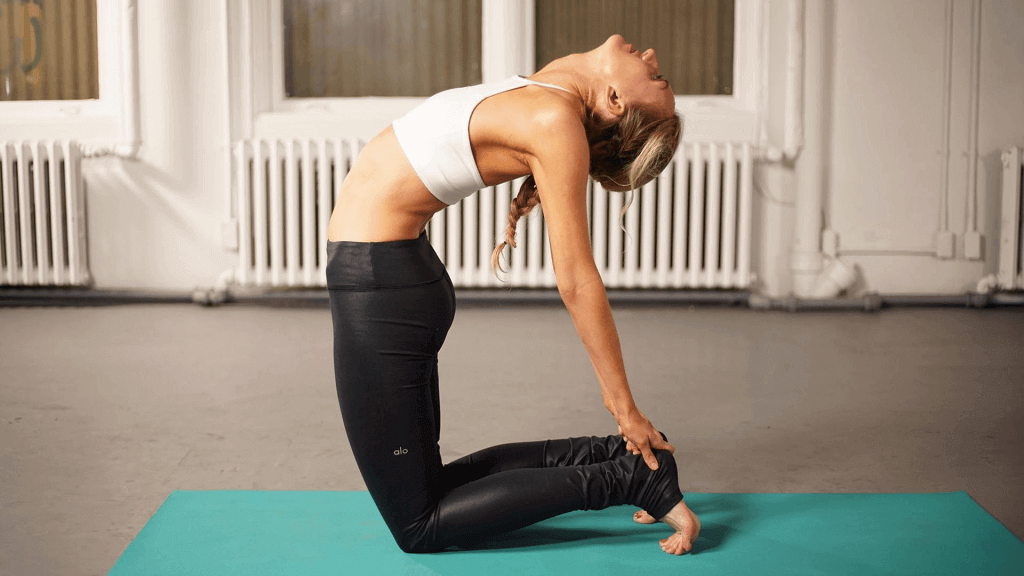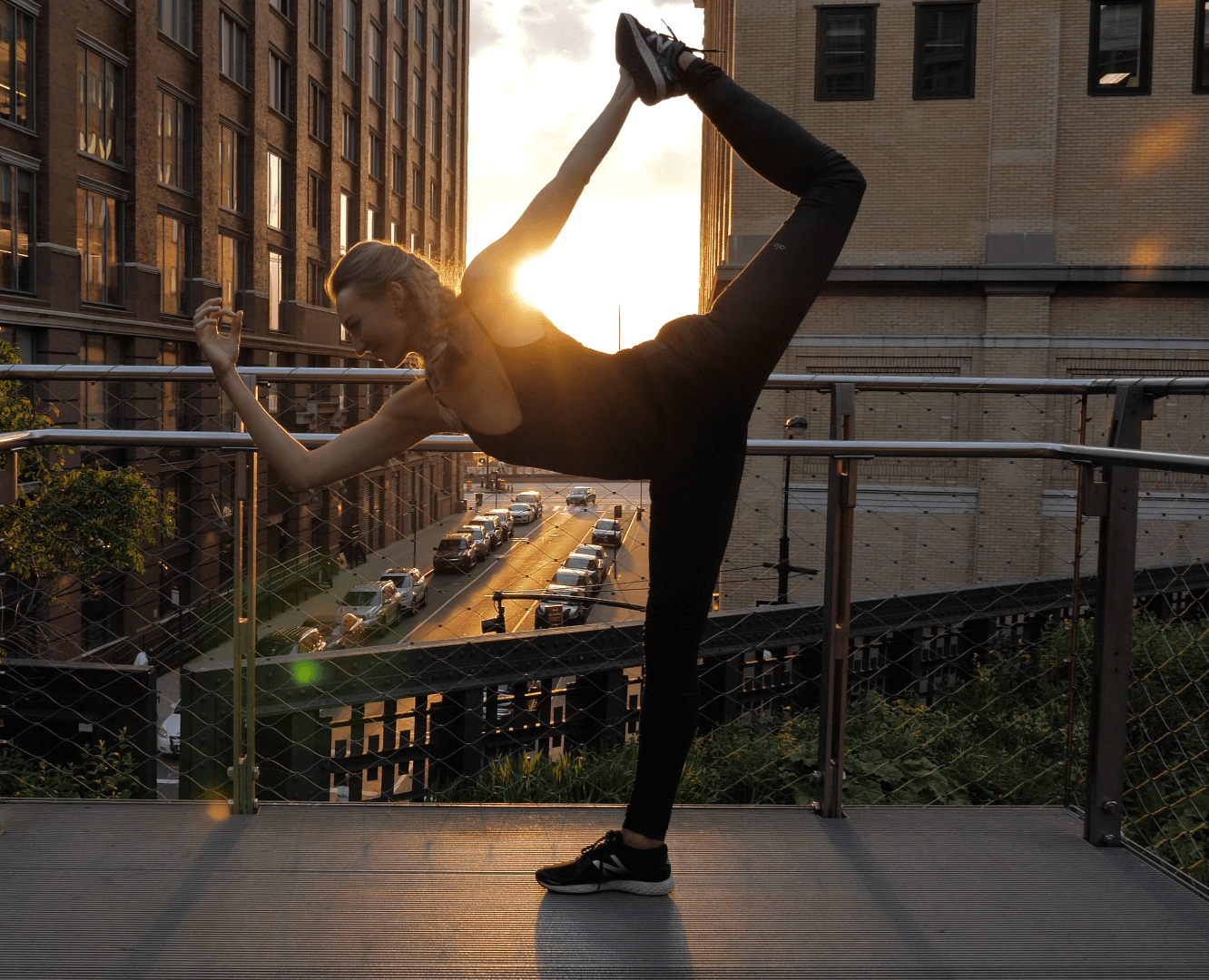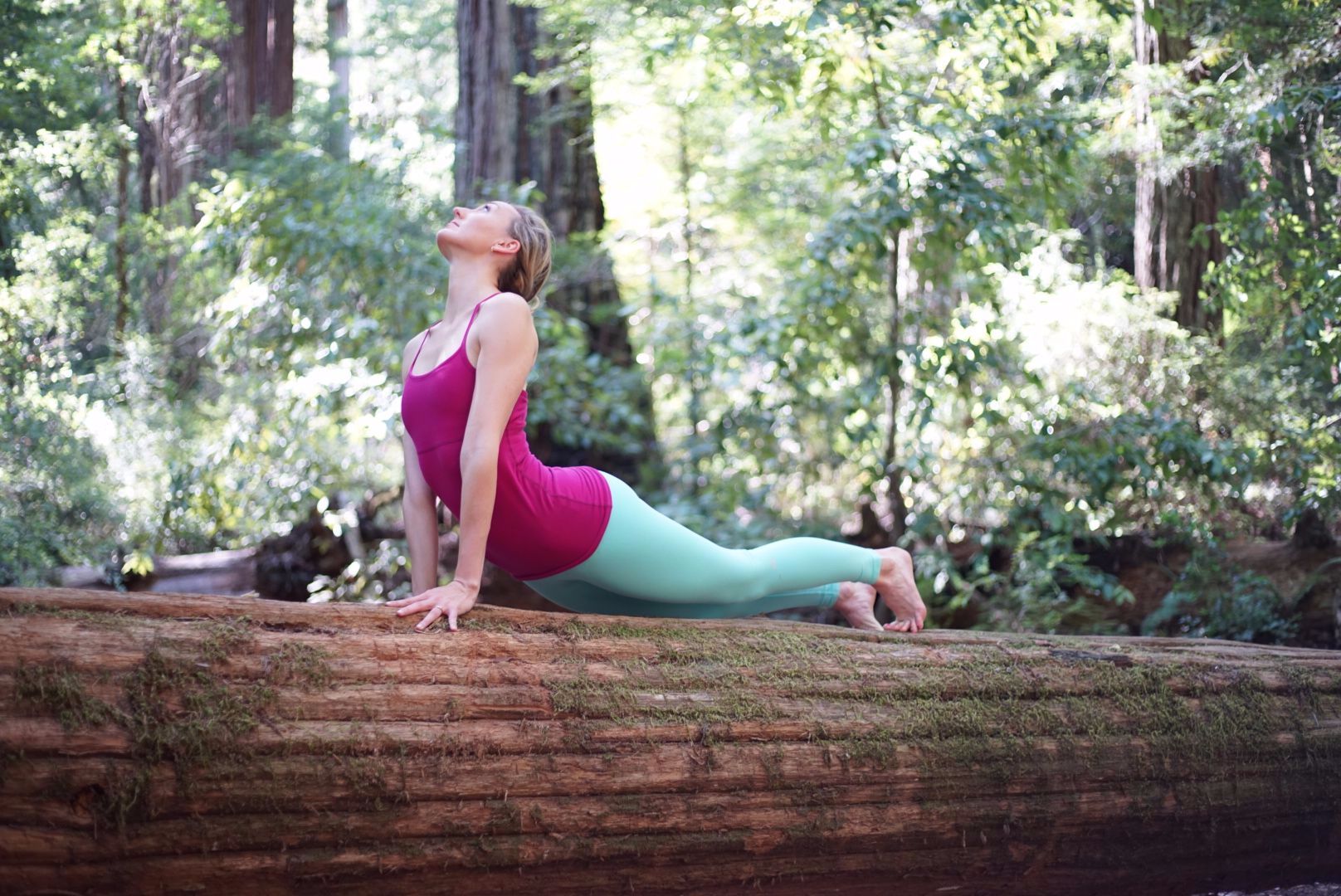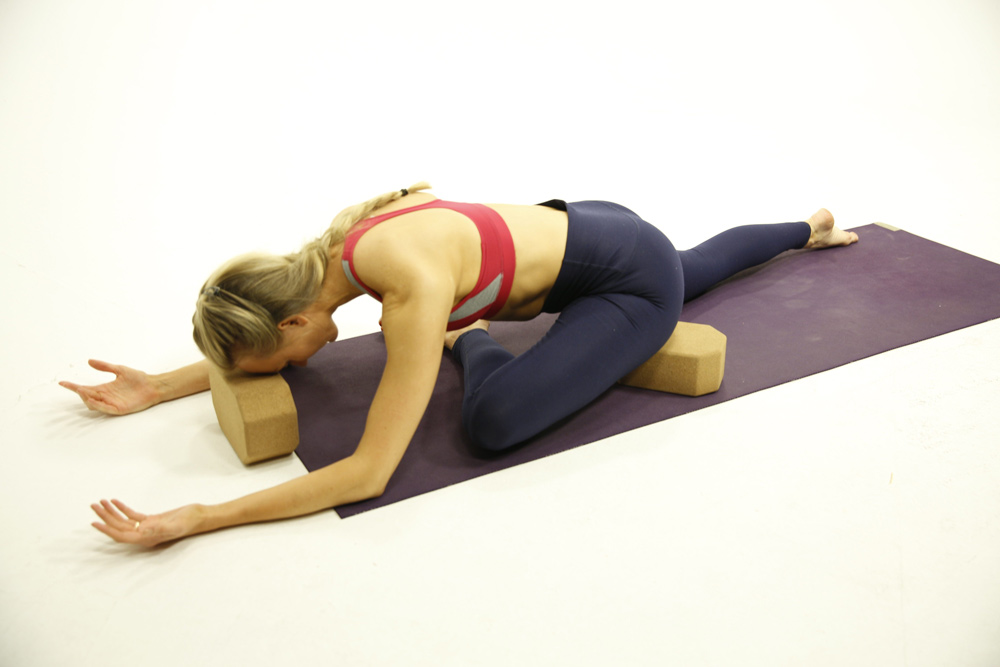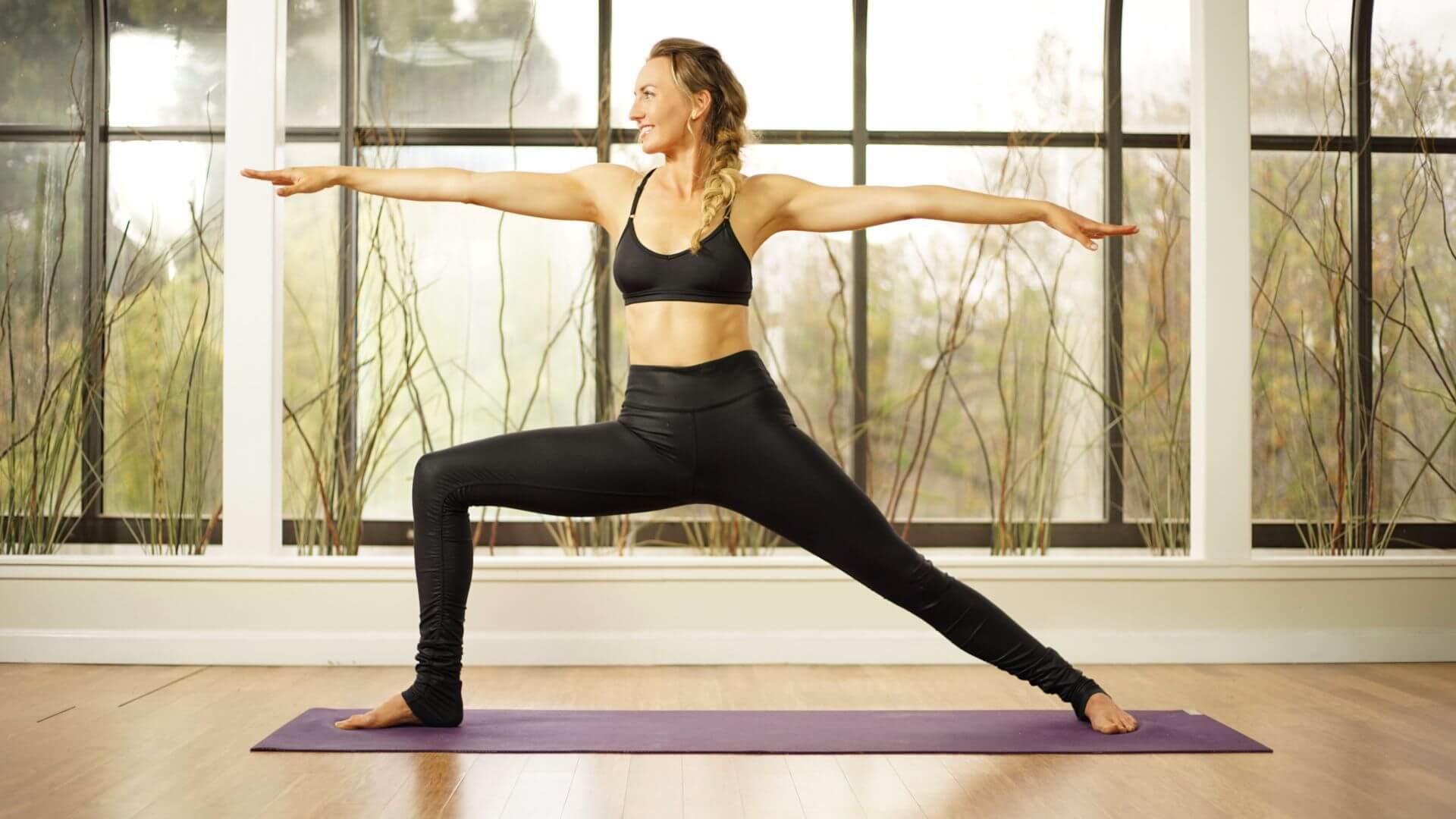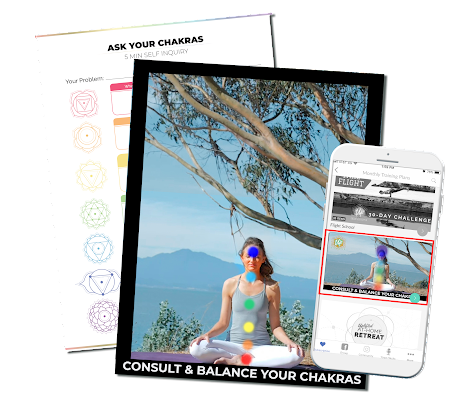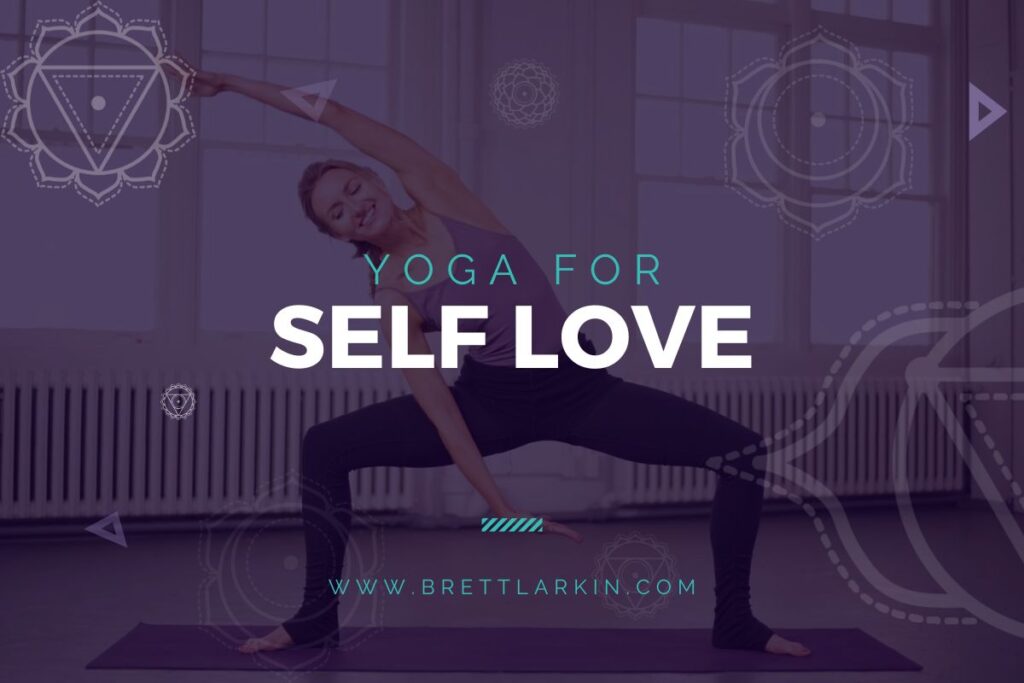
You have so much love to give, and you give it in so many ways!!! Perhaps by cleaning up after your family, cooking for them, holding them, or making an extra stop on the way to work and picking up a coffee for your friend because you know it’s her favorite. You are beautiful in the way you love others. But, how do you love yourself?
What Is Self Love?
I’m sure you’ve seen people all over the wellness industry talk about “self love” and how important it is. But, has anyone actually defined it for you? Or are you just assuming it’s the same as self-care, like bubble baths, massages, and whatnot? It’s not!
So, what is it exactly? According to The Brain and Behavior Foundation, “Self-love is a state of appreciation for oneself that grows from actions that support our physical, psychological and spiritual growth.” This could look different for everyone, here are some examples of self love:
- Holding to your morals/principles
- Setting healthy boundaries to maintain a positive headspace
- Positive self-talk(tell yourself how amazing your are, even if you don’t fully believe it)
- Listening to your body(you DO NOT need to earn rest!)
- Nurturing your body in healthy ways
- Trusting yourself/self acceptance
- Forgiving yourself for mishaps
- Taking time to connect with yourself, those around you, and your higher power
- Prioritizing YOUR needs
- Avoiding people who lower your vibration
- Pursuing your own interests/wants
- Holding yourself accountable
I could keep going but I think you get the idea.
How Yoga Cultivates Self Love
What the science says: Yoga helps improve your perception of yourself. A study was done amongst college women comparing self esteem and how they viewed themselves before and after, and separating them into different activity groups. It found that the yoga group had a significant increase in self awareness, feeling good about themselves, and troubleshooting their own physical/emotional problems.
Another study done on high school students found similar results. By having a greater awareness of yourself, science shows you experience self love more freely. Not surprising, since according to yoga, your true nature is bliss. So the more you become self aware, the more blissed out you will be.
The Uplifted Perspective: Self love means connecting to the part of you that is brahman (source, or universal consciousness). Instead of fully identifying with your individual identity, what the yogis called jiva-atman, you connect to the part of you that is unchanging, universal, interconnected with everyone and everything, your paramatman (your eternal soul). The fastest route to achieve this is through kriya yoga from the Yoga Sutras, an amazing trifold practice to increase your self awareness and lead you to awakening. I make this practical in my Yoga for Self Mastery course. We have module upon module about self-awareness, self care and self love, as this is the foundation for any spiritual endeavor.
When it comes to increasing self love, the physical practice, or heart opening yoga poses, may not be enough. Instead, I invite you to think of self love in two ways:
- Svadhyaya – self study. This is having the self awareness to know how to nourish yourself and calibrate your nervous system. Knowing these things about yourself is a HUGE step towards self love.
- Brainstorm the things that nourish you(make you feel lit up!) and do them!
- Determine the things/activities you feel you NEED to survive vs. the fun things that make you feel nourished and happy
- Find what habits prevent you from doing these things(hello reality TV!!!)
- Pay attention to your thought patterns(“There’s not enough time”, “I don’t deserve that”, etc. – stories you tell yourself that ARE NOT TRUE!)
- Examine your inherited beliefs(“I must achieve to be loved” – is this really true, or is this a belief holding you back?)
- Work through these and forgive yourself or others for any negative patterns that may have served you in the past.
Don’t worry if you’re having difficulty identifying these things. A lot of people do. That’s why I created Yoga for Self Mastery. To guide you through this process.
- Tapas – discipline. Challenge your nervous system to become stronger by doing the things that may seem uncomfortable.
- This is where inner work comes into play(as awkward as it might seem, start with something like affirmations)
- Do the hard work to heal from your traumas(seek outside help from a professional if you need to)
- Face your fears
- Set boundaries with yourself and those around you
- Make lifestyle changes(work on not overindulging in things that aren’t good for you. Bring in a more yogic lifestyle)
You NEED to know how to nourish yourself. You NEED to know how to challenge yourself to be more authentic and be the embodiment of love that is your true essence. And you NEED to know when each kind of self love is needed. Do you need to push yourself forward? Or nurture yourself where you are? Do you need to use effort or surrender in a particular moment in order to best honor your needs? This is a complex, but beautiful practice to explore.
Think of the dual-pronged approach to self love this way: A mother embraces and holds her child when they are hurt, scared or feeling less than. But she also holds boundaries and encourages her child to do new things, like learn to swim or ride a bike. Even if it’s scary.
This is the polarity of self love. True healing through the practice of yoga occurs when you learn to embody it.
Looking for a self love yoga practice? Whether you’re a yoga teacher or just an avid at home practitioner, here are two of my favorite sequences for self love that I’m honored to share with you:
I also recommend this yoga class, if you’re holding onto something: Women’s Yoga for Emotional Release | YOGA FOR EMOTIONAL PAIN
My Top Yoga for Self Love Poses
1. Child’s Pose (Balasana)
- Step 1: Begin on hands and knees, take your hips back to your heels. Knees can be touching or as wide as the mat.
- Step 2: Rest the forehead to the mat, close your eyes.
- Step 3: Soften the upper body and extend the arms in front of you.
- Step 4: Simply inhale rise back to all fours to come out of the pose.
Variations: Hug a bolster to make this more restorative. Another great variation is to place a block under the seat between the heels or under the forehead. You can play with the position of your arms too!
Benefits: Balasana opens the back body and releases the glutes and hips. This pose brings focus inward, cooling the body and relieves stress soothing the nervous system. Child’s pose increases mindfulness as well which can help increase self esteem and nurture your self love journey.
How To Incorporate Svadhyaya (self awareness) or Tapas (loving discipline):
- See how to fully nourish yourself in this pose with the special yoga classes in my At Home Yoga Retreat
- Add tapas to this pose by placing the hands on blocks, or working to release trauma. Add in affirmations like, “I survived.” “I am strong”.
2. Standing Forward Fold (Uttanasana)
- Step 1: Stand tall, feet hip width apart. Inhale as the arms sweep up overhead.
- Step 2: Exhale, with a slight bend in the knees, hinge forward at the hips, let the arms float down to the floor as you fold forward.
- Step 3: Gravity can have your head but not your shoulders. Stay here for several breaths.
- Step 4: To come out, inhale, bend the knees and sweep the arms up to stand. Exhale as the arms return down to your sides.
Variations: Bend the knees deeply or take the feet wider. Place the hands on blocks, clasp opposite elbows to hang, or use a chair or table to assist you by placing the hands on one and only coming halfway down. Go deeper on this pose with this post!
Benefits: Forward fold increases blood circulation, lowers blood pressure, eases headaches. and pain in the backside of the body. This pose puts gentle pressure on the gut and massages the digestive organs and brings focus inward.
How To Incorporate Svadhyaya (self awareness) or Tapas (loving discipline):
- Make this a seated forward fold with some cushions and fully relax into it to nurture your body and mind. Release, surrender, let go, and observe yourself from the outside in (svadhyaya).
- Add in some spinal twists to test your boundaries: Bend the left knee generously, left hand to mat, as you inhale bringing the right arm up and open up the right side. This will invite more clarity and aid in emotional release too (tapas).
3. Wind Relieving Pose (Pavanamuktasana)
- Step 1: Lay on your back. Pull left knee into the chest.
- Step 2: Breathe deep here for several rounds and completely relax.
- Step 3 : Exhale release the leg long laying back completely flat.
- Step 4: Repeat on the other side.
Variations: You can have both knees bent into the chest and make this a knees to chest pose if having one leg long doesn’t feel so great on your low back.
Benefits: This pose gets the digestive system moving! Helps relieve bloat and gas, stretches the glute, de-stresses and helps calm the body. It energizes you and just really makes you feel good.
How To Incorporate Svadhyaya (self awareness) or Tapas (loving discipline):
- Create a juicier stretch and encourage greater nourishment and relaxation by placing a block under the hips (svadhyaya).
- This pose can be a little more fiery by pulling both knees in as you bring your forehead to meet them. This will fire up your abs and frankly it doesn’t always feel the greatest but it makes that moment when you relax back down so much sweeter (tapas).
4. Puppy Pose (Uttana Shishosana)
- Step 1: Come to a tabletop position, shoulders over wrists and hips over the knees. You can curl or uncurl the toes.
- Step 2: Walk both hands in front of you a few inches. Exhale, shift your hips back so that they stay directly over the knees. Fingers spread wide, grip the mat.
- Step 3: Press your chest toward the ground, both arms active. Ears come in line with biceps, and elbows stay off of the ground.
- Step 4: Breathe, draw your hips toward your heels and stretch through the chest and arms.
- Step 5: To come out, slowly walk both hands toward you as you lift back up to a neutral tabletop.
Variations: Use a blanket underneath the knees if they feel uncomfortable. Rest the forehead on a block or folded blanket to bring the intensity down or aid if you cannot bring the forehead to the ground.
Benefits: Puppy pose increases flexibility in the shoulders, stretches the spine, opens the chest and breath, and promotes introspection.
How To Incorporate Svadhyaya (self awareness) or Tapas (loving discipline):
- Straddle a bolster and place a pillow under your head for a restorative version of this pose. Take a deep breath and enjoy the present moment in this position (svadhyaya).
- Build self confidence when you extend one leg out to the side to add some challenge and hip opening to this posture (tapas).
Make your yoga practice 2x more potent in HALF the time (usually $47) FREE 👇
